In an overcrowded country like India, you would expect any MPV to sell well as it serves its purpose of moving more people from one place to another. But there are cases of MPVs that failed to impress Indians. There might be many reasons like tough competition or bad design or maybe even bad timing. Let’s take a look at 7 MPVs that failed miserably in India as we list our opinion on what might have been the reason for its failure.
-
Nissan Evalia

Nissan Evalia Nissan has always struggled to make an impression in any segment, not just the MPV. The Nissan Evalia had what it takes to be a successful MPV but with competitors like the Toyota Innova and Maruti Suzuki Ertiga, it was not an option at all for the tough Indian market. Its price just before being discontinued ranged from Rs.8.50 lakh – Rs.12.22 lakh. This is actually a very good price considering the features it came with and the frugal 1.5L diesel engine that powered it. The top-end spec came with roof-mounted AC vents in both second and third row, rear wiper, rear defogger, captain seats, sliding windows, and wooden finished dashboard.
Why did the Nissan Evalia fail? The design didn’t go well with the audience and it couldn’t match the competition when it came to sales and after-sales support. It had only one engine with only manual transmission.
-
Renault Lodgy
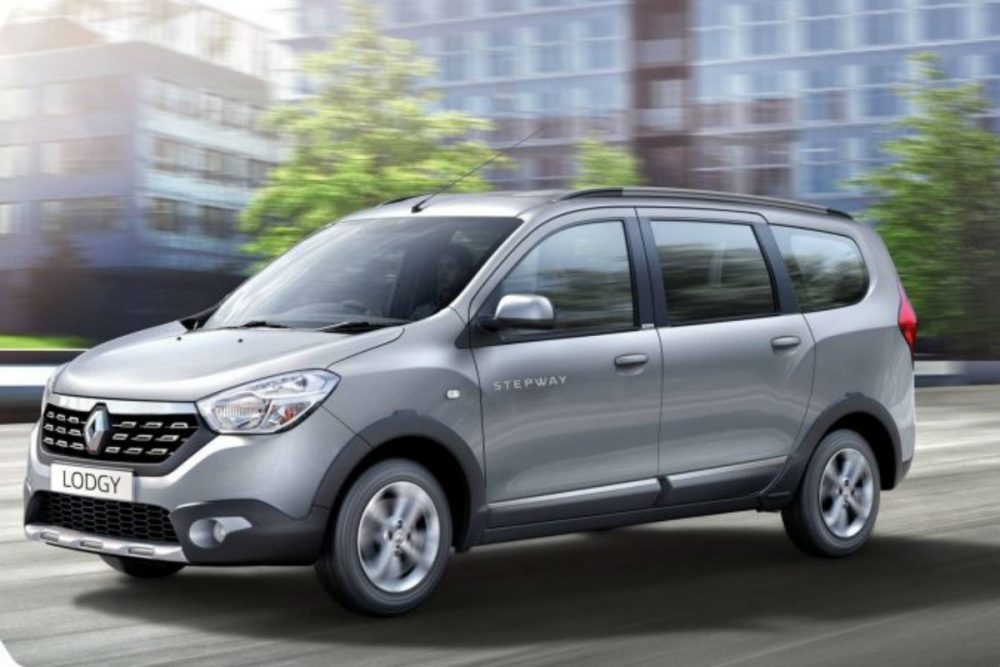
Renault Lodgy The Renault Lodgy was also a capable MPV that failed because it was crushed by its competition. If there is one thing Indians give more importance to while buying any car, it would be to have hassle-free after-sales support. Not just the service cost being low but also the availability of spare parts and how well it is spread across regions. This is the Achilles heel for Renault, as it has good service quality but it does not have many service centres in rural areas that affected its sales a lot. The Lodgy as a product was not the best, but it did have its own quirks. It had a very frugal 1461cc diesel engine that produced 83 bhp and 200 Nm of torque and gave a fuel efficiency figure of 20.5kmpl.
Why did the Renault Lodgy fail?: Design failed to impress and it also failed miserably at the crash tests with a horrendous 0-star rating at Global NCAP and the made-in-India Lodgy had an unstable structure as well.
-
Tata Aria
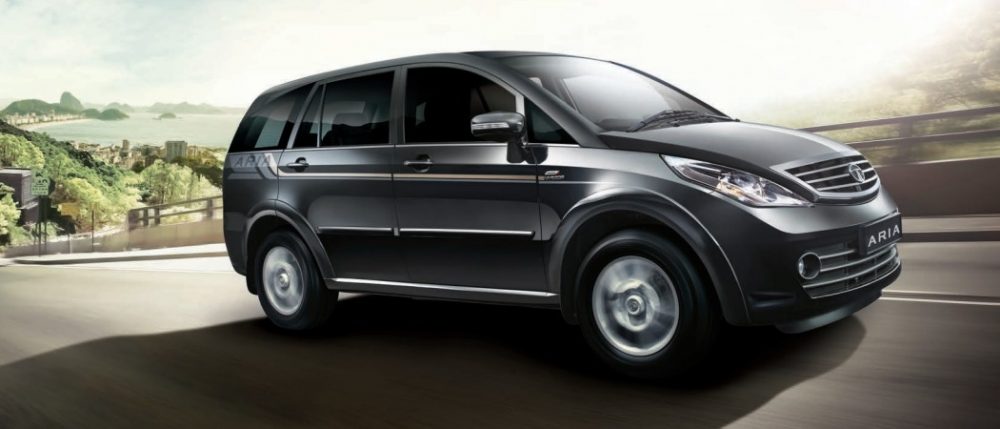
Tata Aria The Tata Aria was Tata’s flagship product and they had stuffed in everything they had in this car. Everything was exceptional from the features to the safety. But where they failed miserably is in the design and pricing. Let’s start with the feature list which contains 3D surround sound, theatre-style dimming roof lamps, built-in GPS, multifunctional steering wheel, dual-zone climate control and cruise control as well. On the safety front, it gets 6 airbags, ABS and ESP, advanced hydroformed chassis, stiffened body cage and collapsible steering. Then why did it fail? There are 2 main reasons, one of them is crowd mentality, as people were not ready to shell out Rs.16+ lakh for a Tata and its brand value was already low. The other reason being its design, not that it’s bad but it’s horrible. It looks like an Indigo Manza on steroids and that absolutely did not go well.
Why did the Tata Aria fail? Bad Design and a very high asking price for a brand that was associated with value for money products.
-
Chevrolet Enjoy

Chevrolet Enjoy Just like Nissan, Chevrolet also had struggled to establish itself in India. Although the Chevrolet Enjoy was a good 7 seater vehicle, powered by the 1.3L Fiat-sourced diesel engine and a 1.4L Petrol engine, it did have its own set of drawbacks. The main reason being safety. The Enjoy scored an unacceptable 0-star rating and the base variants lacked even ABS or airbags as well. And on top of that, the high maintenance costs during service and spare parts availability landed a huge blow to Chevrolet while most of its customers were left fuming with discontent. The 3rd-row seats did not have enough legroom and the ingress to the 3rd row was through a very narrow passage which made the experience even worse. Its ground clearance also did not suffice for the pothole laden Indian roads.
Why did the Chevrolet Enjoy fail? 0-star safety rating, high maintenance costs, low ground clearance and unusable 3rd-row seating added up to the Chevrolet Enjoy being on the list of MPVs that failed miserably.
Subscribe To The GoMechanic YouTube Channel 🔥
https://www.youtube.com/watch?v=AbIXl3Rtfdg
-
Datsun Go+
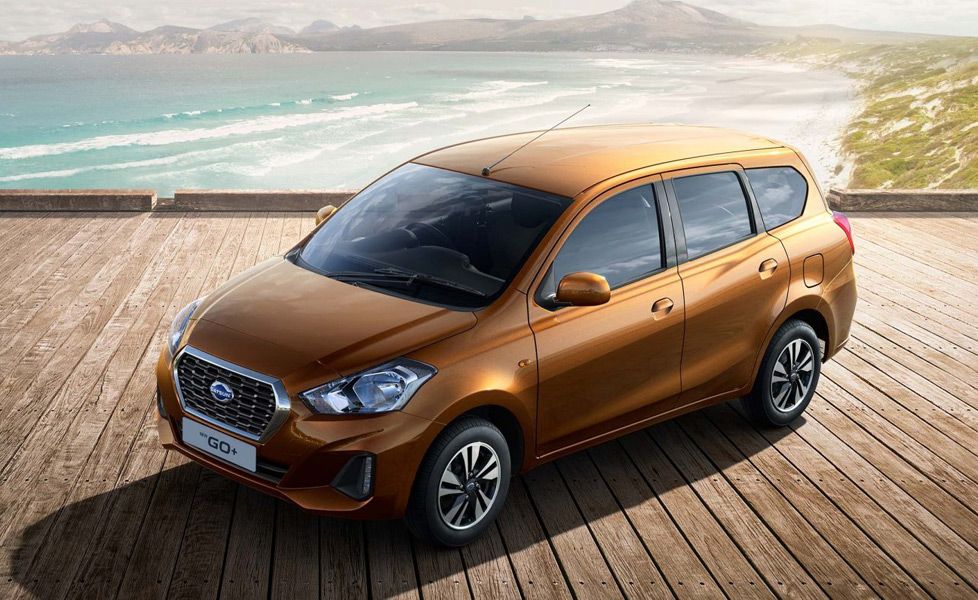
Datsun Go+ This car came with a body that is referred to as Station Wagons. It basically means it is an extended variant of a normal car or an extended roofline to seat more people or carry more luggage. It has one advantage of being the cheapest 7-seater in India but it comes at a cost though. It scored a 0-star rating in the crash test and its structure was rated as unstable. People did not like its design as well but it did manage to find a few homes as its asking price and its maintenance is quite low.
Why did the Datsun Go+ fail? No safety and the base variants do not come with an airbag at all. The design was a definite miss for a majority of the audience.
-
Sonalika Rhino
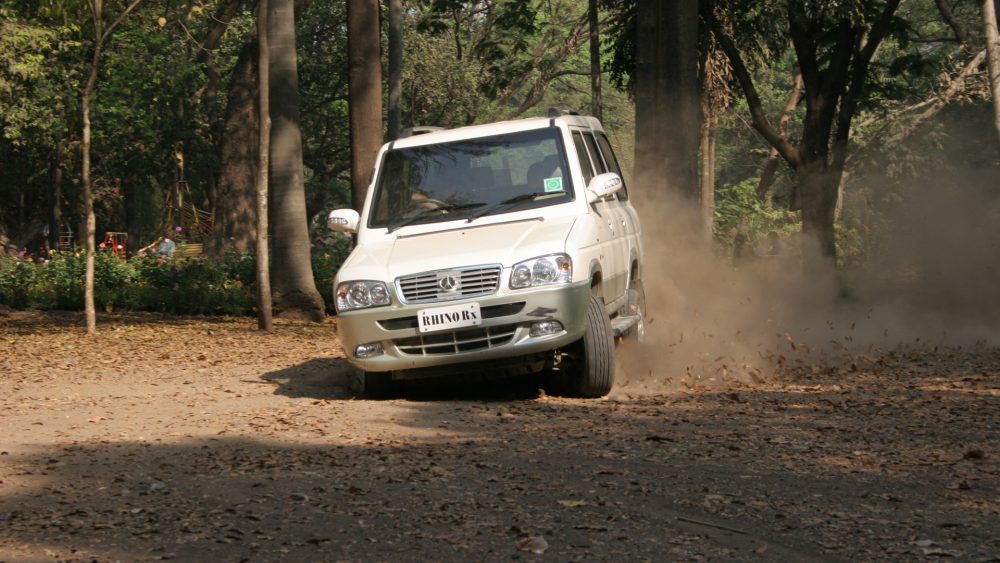
Sonalika Rhino Looking at this image you can see why the manufacturer expected this product to sell well. Yes, it looks a lot like the Toyota Qualis which was doing well in the market. The Sonalika Rhino is an MPV that comes from one of the most successful tractor brands in India. One of the main reasons for the failure of the Rhino can be attributed to its fierce competition. The MPV segment, during its time, was filled with Toyota Innova, Mahindra Bolero and Scorpio, and Chevrolet Tavera. The Innova and Scorpio snatched a major share of the market not allowing any other player to even hope of seeing good business. Major manufacturers themselves were facing a tough time and ICML with its only product did not even have a chance. Also, the sub-par plastic quality of the interiors of a car that cost almost 10 lakh was a huge letdown.
Why did the Sonalika Rhino fail? Fierce competition as Toyota already had a good hold in the market with its Innova, and people were sceptical about the after-sales service from a company that has only one product.
-
Hindustan Trekker
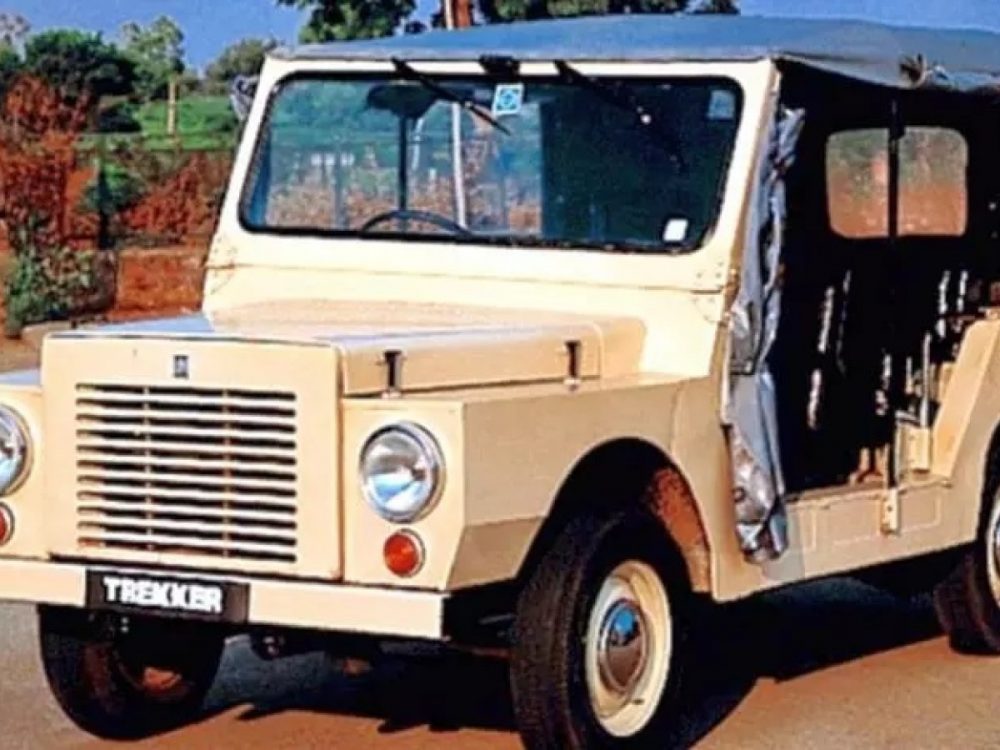
HM Trekker The Hindustan Trekker was an MPV based on the Ambassador platform. In some places, it was known as Pushpak. The Trekker was rugged and it shared the same 1.5-litre diesel engine with the mighty Ambassador. This oil-burner offered only 39 bhp and 80 Nm, which was very less considering it had to pull a load of at least 7 people and their luggage. The manufacturer even launched a 2.0-litre diesel engine that offered 51 bhp and 106 Nm. But it faced tough competition from Mahindra and the products from Mahindra were that much more reliable and hence became more famous.
Why did the Hindustan Trekker fail? Fierce competition from rivals like Mahindra which were better in every way and the design was not to everybody’s liking





